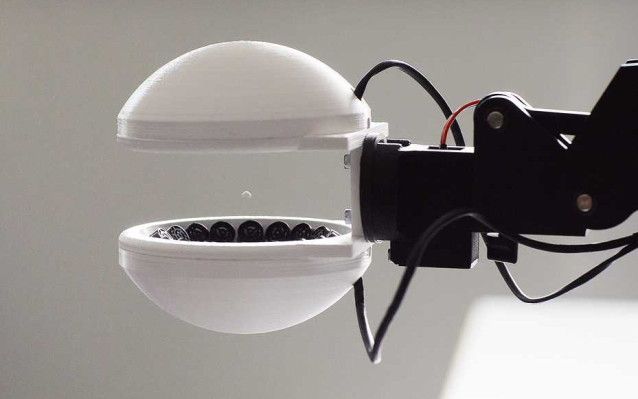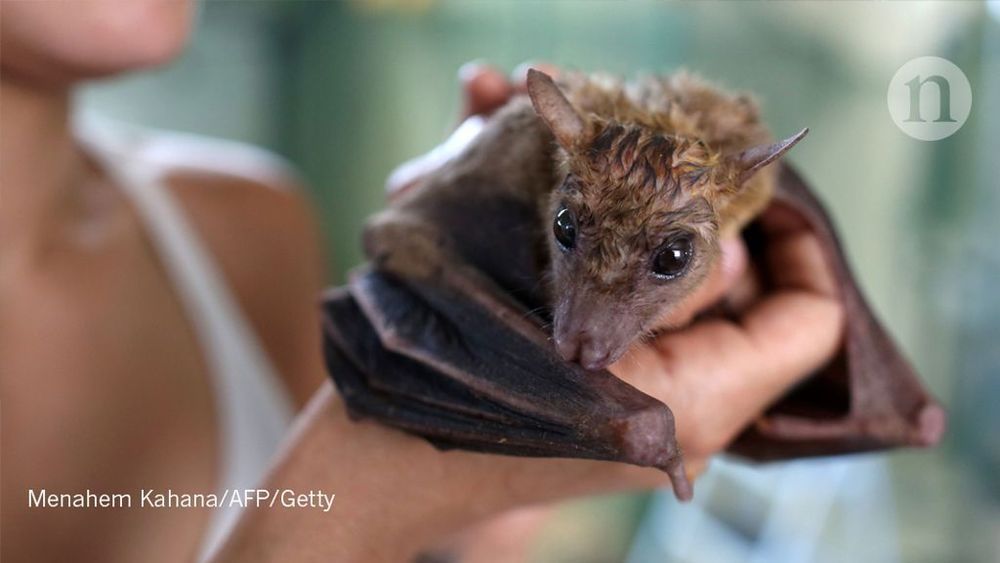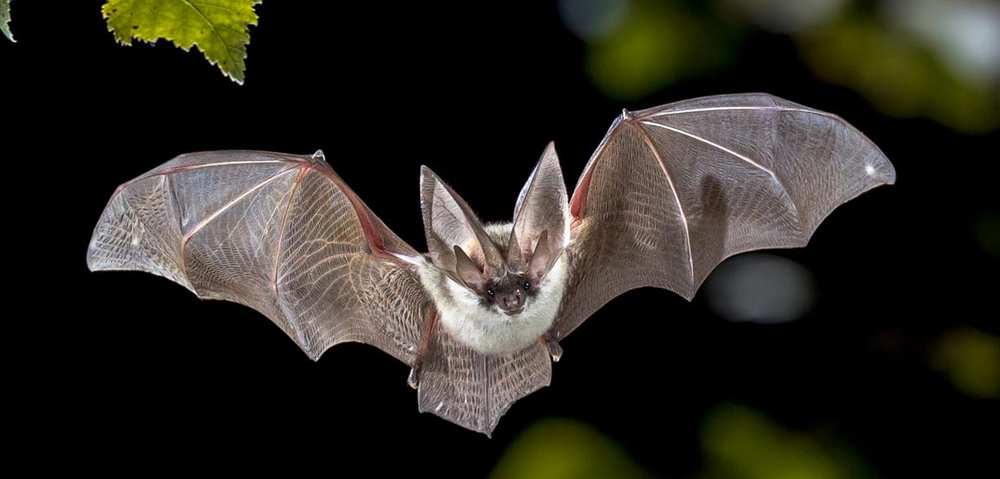It’s a city of 11 million.
Drug companies are trying to find new ways to discover new blockbuster drug treatments faster, and AI is beginning to answer the call.
The Pentagon made $35 trillion in accounting adjustments last year alone — a total that’s larger than the entire U.S. economy and underscores the Defense Department’s continuing difficulty in balancing its books.
The latest estimate is up from $30.7 trillion in 2018 and $29 trillion in 2017, the first year adjustments were tracked in a concerted way, according to Pentagon figures and a lawmaker who’s pursued the accounting morass.
The figure dwarfs the $738 billion of defense-related funding in the latest U.S. budget, a spending plan that includes the most expensive weapons systems in the world including the F-35 jet as well as new aircraft carriers, destroyers and submarines.
If robots are to help out in places like hospitals and phone repair shops, they’re going to need a light touch. And what’s lighter than not touching at all? Researchers have created a gripper that uses ultrasonics to suspend an object in midair, potentially making it suitable for the most delicate tasks.
It’s done with an array of tiny speakers that emit sound at very carefully controlled frequencies and volumes. These produce a sort of standing pressure wave that can hold an object up or, if the pressure is coming from multiple directions, hold it in place or move it around.
This kind of “acoustic levitation,” as it’s called, is not exactly new — we see it being used as a trick here and there, but so far there have been no obvious practical applications. Marcel Schuck and his team at ETH Zürich, however, show that a portable such device could easily find a place in processes where tiny objects must be very lightly held.
Astronomy and space exploration might offer a new perspective on our purpose in the cosmos.
“Unprecedented results” showed that longer than normal telomeres in mice hahd only beneficial effects, such as increased longevity, delayed metabolic age and fewer cancers.
Tenders don’t typically make the biggest waves at boat shows, but DutchCraft’s new all-electric vessel is vying to change that. The innovative 26-foot tender will make its world debut at Boot Düsseldorf this month and promises to impress even the most discerning marine enthusiasts.
Get ready to meet the clean, quick and silent tender of your dreams.
The Měnglà virus can infect human cells but the risk of its transmission from bats to humans is unknown.
Zheng-Li Shi at the Chinese Academy of Sciences in Wuhan and their colleagues examined a Rousettus fruit bat caught in southern China. The bat’s liver contained a new type of filovirus that the researchers named Měnglà virus for the county where the bat was captured. Měnglà is substantially different from both Ebola and Marburg virus, highlighting the genetic diversity of filoviruses in bats.
Zoonotic diseases may become the source of more outbreaks in the future. People must take note and pass the appropriate regulations to prevent future outbreaks.
https://www.newsroom.co.nz/2020/01/22/996315/are-bats-to-blame-for-chinas-virus#
As bats and humans cross paths more viruses are making the jump from bat to people. China’s latest scare is the latest coronavirus to affect humans likely to have its origins in bats.
The outbreak of a brand new virus in China has put humans’ relationship with bats under the spotlight again.








